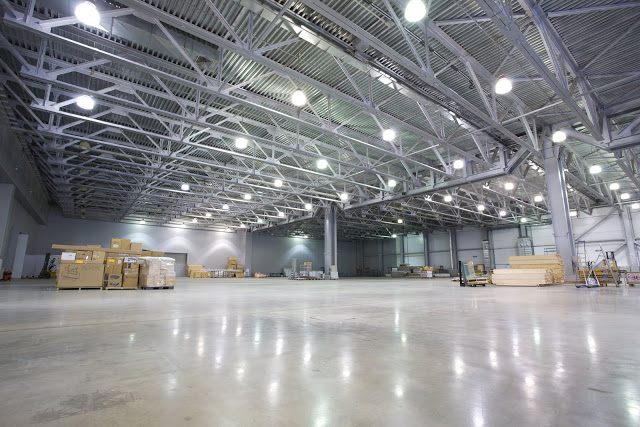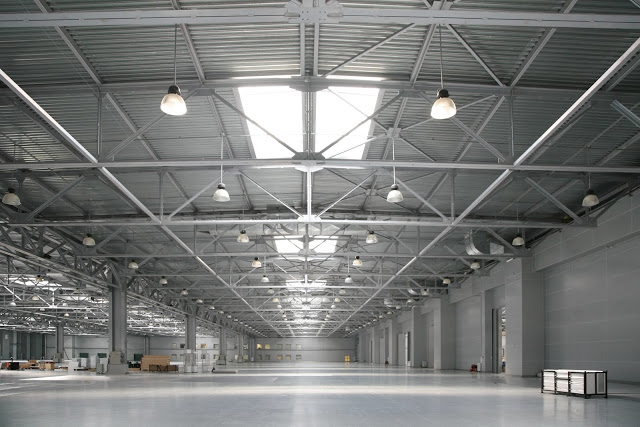Green Initiatives That Will Save Your Warehouse Energy
Dec 27, 2017Any warehouse manager or owner knows that their building consumes a significant amount of energy. But there’s a way to save some serious cash while maintaining workable conditions that your staff requires.

1. Convert your lighting system over to LED
An inefficient lighting system can be the biggest energy consumers in big spaces such as warehouses due to high ceilings using standard highbay fixtures. Converting to led technology as opposed to common metal halide technologies for high bay fixtures, you will be able to save about 75% of energy and costs associated with these lights. Switching out fluorescent tubes in places such as offices or hallways can save nearly 30% of energy when making the switch to LED fixtures. This switch can be one of the most important energy saving tactics to implement.
2. Install skylights
There’s a way you don’t have to pay for lighting at all, and that’s by utilizing the natural light put forth by the sun. Reduce the amount of time you need any sort of light on in your warehouse by installing some skylights throughout the ceilings of your warehouse.
3. Inspect your commercial HVAC system
First and foremost, ensure that your HVAC system is maintained with regular tune ups and filter cleanings. Next, determine which rooms you need to cool/heat for how long each day – if a room is barely in use, turn off the heating/cooling to that room. Last, have the peace of mind to know that the HVAC is system is at the proper setting with a programmable thermostat.
4. Turn off the conveyor
Turning off your conveyor when not in use will surely save money, just like turning lights off when not in use. This goes for any machine that isn’t being used.
5. Conduct building commissioning
If your building isn’t being maintained on a basic level, then no matter what you do, there will be some sort of wasted energy somewhere. Hire a company to run a full audit.
Although addressing these issues and implementing the change may seem initially overwhelming or expensive it pays for itself once you see energy waste and overhead costs decrease after implementing these changes.

